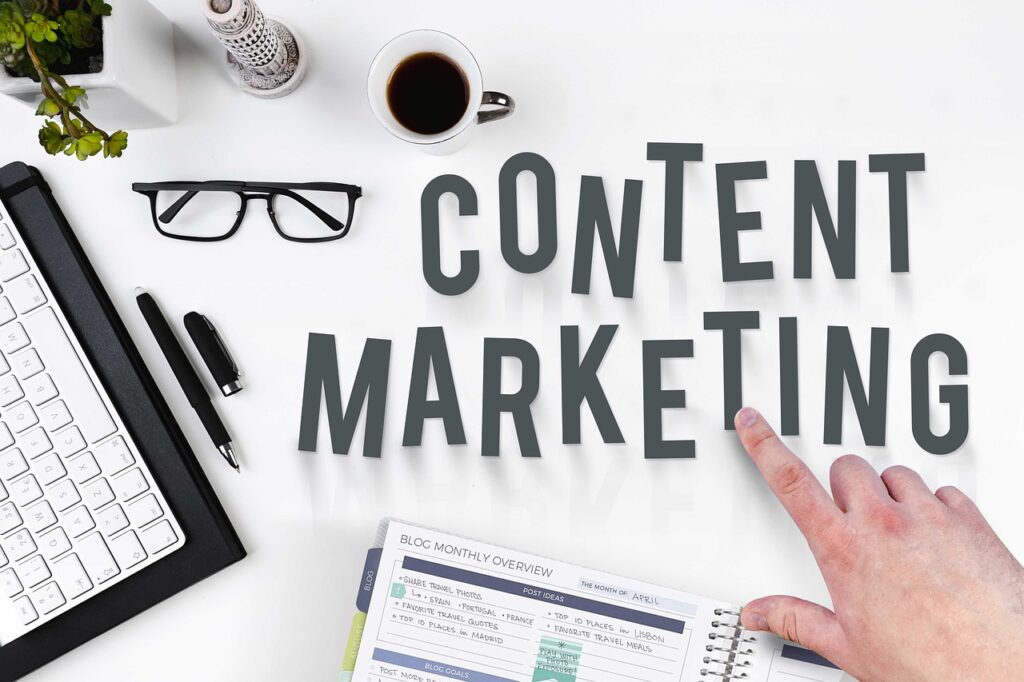When it comes to content marketing, understanding and catering to the customer journey is crucial for success. In this blog post, we will explore how to create targeted content for different customer journey stages to maximize engagement, conversions, and customer satisfaction.
Understanding the Customer Journey
The customer journey encompasses various stages, each with its own unique needs and expectations. These stages include awareness, consideration, decision, and post-purchase. By understanding these stages, you can deliver content that resonates with your audience at every step of their journey.
Content Creation Strategies for Each Stage
Awareness Stage Content
At the awareness stage, your goal is to capture the attention of potential customers and generate brand awareness. To create effective content for this stage:
- Conduct top-of-funnel keyword research and optimization to ensure your content appears in relevant searches.
- Craft engaging and informative blog posts and articles that introduce your brand and address customer pain points.
- Utilize social media platforms to reach a wider audience and build brand awareness.
Consideration Stage Content
During the consideration stage, customers are actively researching and evaluating their options. To create impactful content for this stage:
- Conduct middle-of-funnel keyword research and optimization to target customers who are in the consideration phase.
- Develop educational resources such as e-books, whitepapers, and case studies that provide in-depth information about your products or services.
- Produce product comparison and review content that helps customers make informed decisions and showcases the unique value of your offerings.
Decision Stage Content
At the decision stage, customers are ready to make a purchase decision. Your content should focus on persuading them to choose your brand:
- Conduct bottom-of-funnel keyword research and optimization to target customers who are ready to buy.
- Craft persuasive and compelling product or service pages that highlight the key benefits and features.
- Implement customer testimonials and success stories to build trust and provide social proof of your brand’s value.
Post-Purchase Stage Content
The post-purchase stage is crucial for customer retention and fostering loyalty. To create effective content for this stage:
- Develop content that encourages ongoing engagement and support for your customers.
- Implement personalized email marketing campaigns to stay connected and nurture the relationship.
- Create post-purchase guides, tutorials, or onboarding content to help customers get the most out of their purchase.
Measuring and Optimizing Content Performance
To ensure your content is effective throughout the customer journey, it’s important to measure and optimize its performance:
- Track key metrics at customer journey stages, such as website traffic, conversions, and engagement rates.
- Analyze and interpret the data to identify patterns, trends, and areas for improvement.
- Use customer feedback, surveys, and reviews to gather insights and continuously improve your content strategy.
Conclusion
Creating content tailored to each stage of the customer journey is essential for engaging customers, driving conversions, and building long-lasting relationships. By understanding the needs and expectations of your audience at each stage, and implementing targeted content strategies, you can optimize your content marketing efforts and maximize results.
Remember to consistently measure and optimize your content performance to ensure it aligns with your audience’s evolving needs and preferences. Implement these strategies to create a seamless and impactful customer journey that leads to greater success for your brand.


